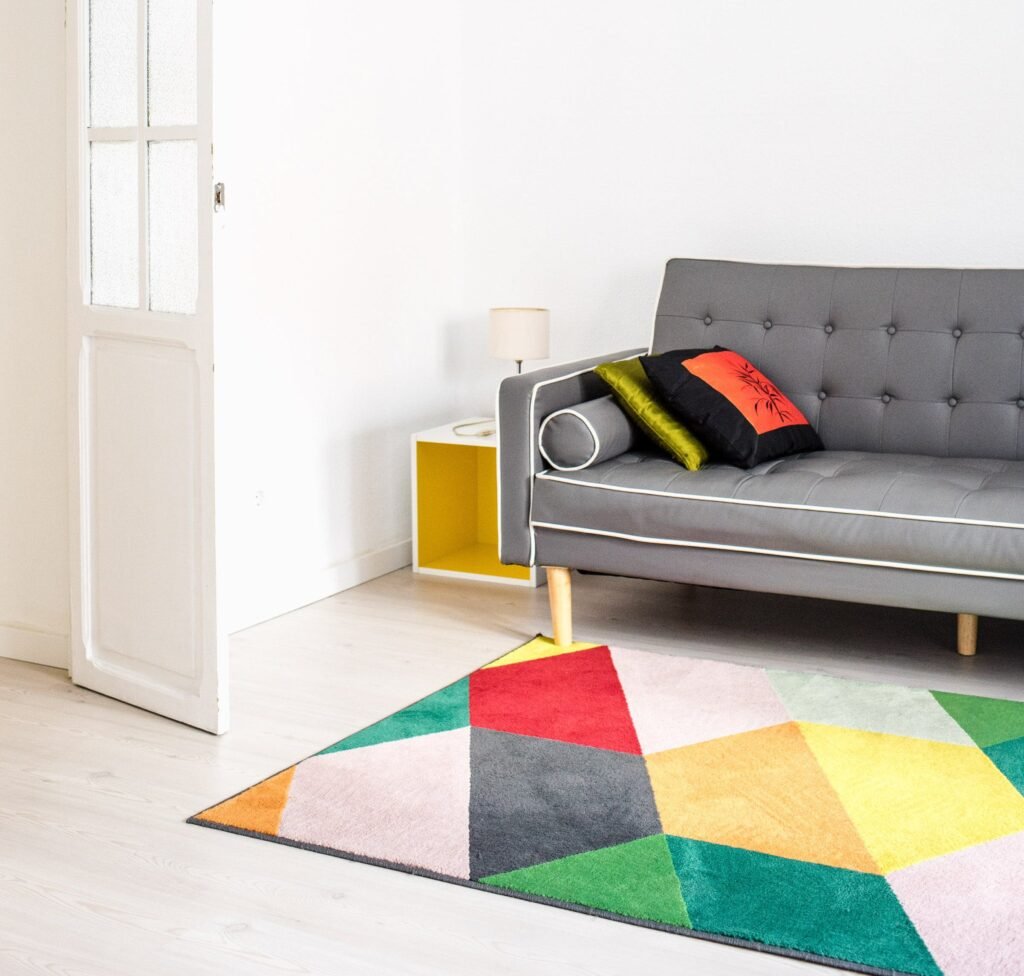Texture in Home Staging & Interior Design:
The surface quality of materialsMateriality in Home Staging & Interior Design: The selection and combination of materials used in a space, like wood, metal, glass, fabric, and stone. In staging and design, it influences the overall aesthetic, texture, and tactile experience, impacting the mood and functionality of the space. T... More used in a space, adding visual interest"Focal Point" in Home Staging & Interior Design: A visual element that draws attention and sets the tone for a space, like a fireplace, artwork, or architectural feature. Effective staging uses focal points strategically. The Importance of Focal Point in Home Staging - Why It's Something to Cons... More and tactile elements.

The Importance of Texture in Home Staging – Why it’s Something to Consider
TextureLayering in Home Staging & Interior Design: Combining various elements like textures, patterns, and colors in a space to add depth, visual interest, and a sense of coziness. Layering is a key technique in creating inviting and stylish spaces. The Importance of Layering in Home Staging - Why it's... More adds depth and interest to a space, making it an important element in home staging. It can create a sensory experiencePattern and Texture in Home Staging & Interior Design: Combining various patterns and textures in fabrics, furniture, rugs, and wall coverings to add visual interest, depth, and personality to a space. In staging, using patterns and textures strategically creates a layered and inviting atmospher... More that makes a home feel warm, luxurious, and inviting. Using a variety of textures – such as smooth surfaces, plush fabrics, and natural elements"Biophilic Design" in Home Staging & Interior Design: Incorporating natural elements like plants, natural materials, light, and ventilation into a space to create a connection with nature, promoting well-being and reducing stress. The Importance of Biophilic Design In Home Staging - Why It's Som... More – can enhance the overall appeal"Appeal" in Home Staging & Interior Design: The overall attractiveness and desirability of a property to potential buyers, influenced by factors like curb appeal, layout, functionality, and staging. The Importance of Appeal In Home Staging - Why It's Something to Consider Appeal, in the context ... More of a room.
Incorporating different textures in home staging helps to create a layered look"Aesthetic" in Home Staging & Interior Design: The overall feeling or vibe of a space, encompassing the chosen style, color palette, textures, and furniture, and evoking a specific mood or impression. The Importance of Aesthetic In Home Staging - Why It's Something to Consider Aesthetic, encompa... More that is visually interesting and appealing. It’s important to balanceVisual Weight in Home Staging & Interior Design: The perceived heaviness or lightness of objects and elements within a space, influencing balance and visual interest. The Importance of Visual Weight in Home Staging - Why it's Something to Consider Visual Weight in home staging refers to the perc... More different textures so that they complement rather than compete with each other. Textural elements can also help to soften the hard lines of furniture and architecture, making spaces feel more comfortable and lived-in.
Tips and Best Practices when Utilizing Texture in Home Staging
Texture adds depth and interest to a space, engaging the tactile as well as visual senses. In home staging, the best practices for utilizing texture include:
Layer Different Textures: Combine a variety of textures through furnishings, fabrics, and accents to create a layered, inviting look. For instance, a smooth leather sofa can be paired with soft, plush pillows and a nubby throw.
Balance"Balance" in Home Staging & Interior Design: A sense of visual equilibrium and harmony achieved through arrangement, scale, color distribution, or symmetry, creating a pleasing and comfortable composition. The Importance of Balance In Home Staging - Why It's Something to Consider Balance is a ke... More is Key: While it’s important to have a variety of textures, they should be balanced so that no single texture overwhelms the space. Use textured elements as accents rather than focal points.
Neutral Textures for Broad Appeal: Use textures in neutral colorsNeutral Palette in Home Staging & Interior Design: A color scheme primarily composed of neutral tones like white, gray, beige, and black. In staging, a neutral palette creates a versatile canvas that allows buyers to envision their own décor and personalizes the space. The Importance of a Neutr... More to add interest without the commitment of bold colors, which may not appeal to all buyers.
Natural TexturesRustic Style in Home Staging & Interior Design: A design aesthetic inspired by nature and rural living, featuring natural materials, earthy tones, and simple forms. The Importance of Rustic Style in Home Staging - Why it's Something to Consider Rustic style in home staging is important as it bri... More: Incorporating natural textures like wood, stone, and plant fibers can add warmth and a sense of calm to the staging.
Highlight Architectural Features: Use texture to highlight architectural details like exposed brick walls or wooden beams, accentuating these features without additional clutter.
Consider the Room’s Function"Ergonomics" in Home Staging & Interior Design: Designing spaces for comfort, safety, and efficiency, considering furniture placement, traffic flow, and accessibility for different users. The Importance of Ergonomics in Home Staging - Why It's Something to Consider Ergonomics is an important con... More: The texture should be appropriate for the room’s function; for example, bedrooms should have softer, more comforting textures, while living areas can have more varied and vibrant textures.

